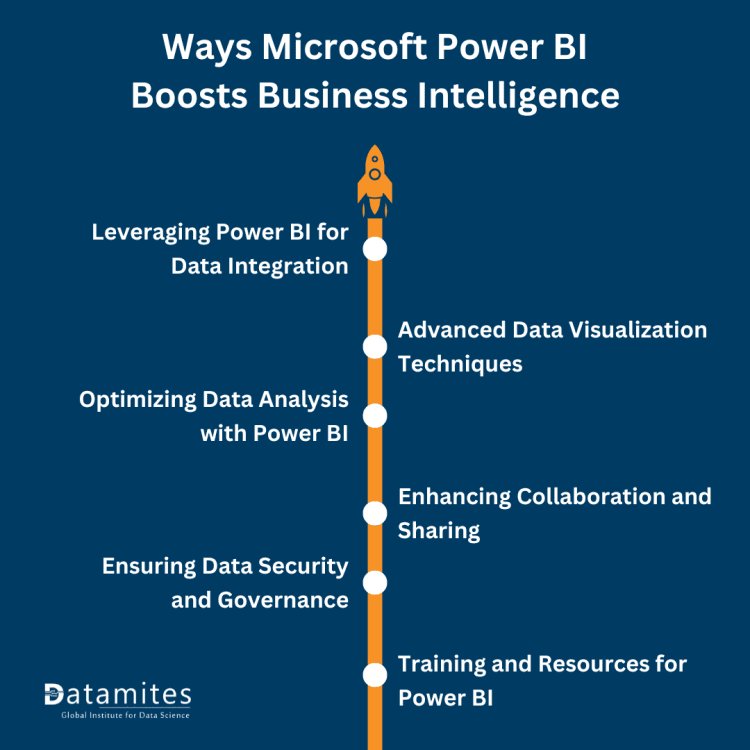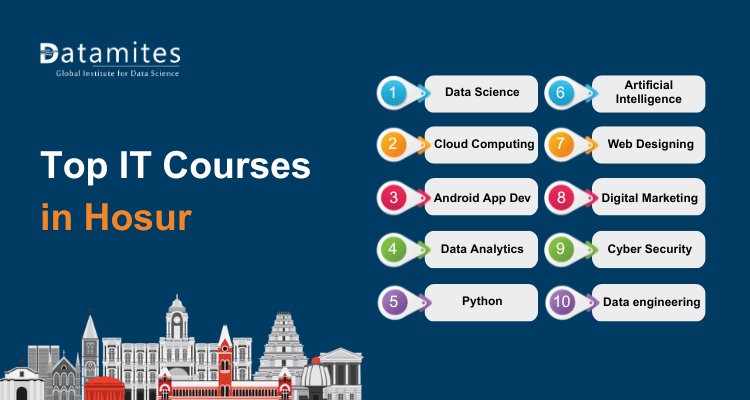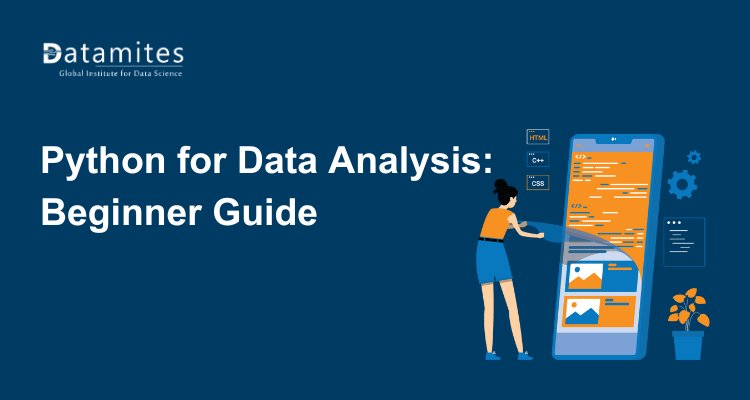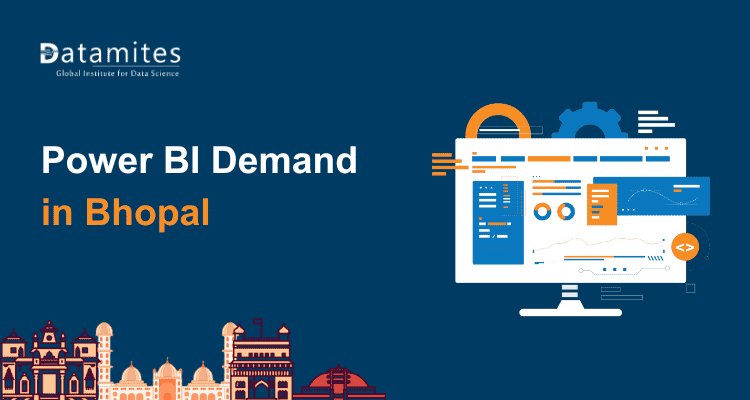Maximizing Business Intelligence with Microsoft Power BI
Discover how Microsoft Power BI transforms raw data into actionable insights, enhancing business intelligence. Learn key features, data visualization techniques, and best practices to maximize decision-making efficiency.

In today's data-driven business landscape, harnessing the power of business intelligence (BI) is essential for staying competitive. In this article, we delve into the world of maximizing business intelligence with Microsoft Power BI. Power BI, a leading BI tool, empowers organizations to transform raw data into actionable insights, driving informed decision-making and strategic planning. From advanced data visualization techniques to seamless data integration and collaboration, we explore how Power BI enables businesses to unlock the full potential of their data.
Understanding Business Intelligence and the Role of Power BI
Business Intelligence (BI) plays a pivotal role by enabling organizations to extract meaningful insights from vast amounts of data, guiding strategic decisions and driving growth. With the post-COVID era demanding agile and informed decision-making, the significance of BI has never been more pronounced.
At the forefront of BI tools stands Microsoft Power BI, recognized as the category leader on TrustRadius, commanding a significant 19.8% of category traffic. Power BI empowers businesses with its intuitive interface, robust analytics capabilities, and seamless integration with the Microsoft ecosystem. From data visualization to advanced analytics, Power BI enables organizations to unlock actionable insights, streamline operations, and gain a competitive edge.
As businesses navigate through complex challenges and opportunities, the role of Power BI in facilitating data-driven decision-making becomes increasingly indispensable.
Read the following articles:
- Advanced Tips and Tricks for Microsoft Power BI Users
- Top Features of Power BI for Effective Data Analysis
- Mastering Microsoft Power BI: A Guide for Beginners
Understanding Power BI: Empowering Data-Driven Decision-Making
Microsoft Power BI, a Microsoft product, stands as a premier business intelligence tool, offering a comprehensive array of features to drive data-driven decision-making. Its core capability lies in converting raw data into actionable insights through robust data integration, visualization, and analysis functionalities.
According to data from 2021, Power BI emerges as the top Business Intelligence tool, commanding a significant market share of 36%. While boasting numerous features contributing to its leadership status, its primary edge lies in its effortless integration within the Microsoft ecosystem, as observed by HeadMind Partners.
Power BI stands out with its seamless data connectivity, effortlessly linking various databases and cloud services. This consolidation of data sources allows organizations to gain comprehensive insights. Microsoft's Power BI also offers a diverse array of visualization options, including charts and graphs, facilitating the creation of compelling visuals. Its interactive features enable deeper data exploration, while advanced analytics capabilities such as predictive modeling and machine learning empower proactive decision-making, fostering growth and innovation.
Read the articles:
Ways Microsoft Power BI Boosts Business Intelligence
Leveraging Power BI for Data Integration
Power BI offers a robust array of data connectivity options and integration capabilities, facilitating seamless integration with various data sources, databases, and cloud services.
Organizations can leverage Power BI to consolidate and analyze data from multiple sources, gaining comprehensive insights into their operations. For instance, businesses can effortlessly connect to databases such as SQL Server, Oracle, and MySQL, as well as cloud services like Azure and AWS. This consolidation of disparate data sources into a unified platform empowers organizations to make data-driven decisions with confidence and agility.
Advanced Data Visualization Techniques
Exploring advanced data visualization techniques supported by Power BI enhances the effectiveness of dashboards and reports. By leveraging features such as custom visuals, drill-through, and bookmarks, users can create visually compelling and informative representations of data.
Best practices for data visualization include emphasizing clarity, simplicity, and relevance. Examples of effective data visualizations created using Power BI include interactive dashboards displaying real-time sales performance, geographic heatmaps illustrating customer distribution, and trend analyses showcasing revenue growth over time.
Optimizing Data Analysis with Power BI
Power BI facilitates optimized data analysis through its advanced analytics features, including interactive data exploration, statistical analysis, and predictive modeling.
Users can leverage Power BI's interactive features to drill down into data, apply filters, and identify trends, fostering deeper analysis and comprehension. Case studies demonstrate how organizations utilize Power BI to gain valuable insights and drive decision-making, such as predicting customer churn, optimizing marketing campaigns, and forecasting sales performance.
Enhancing Collaboration and Sharing
Power BI's collaboration and sharing features enable teams to collaborate on data analysis projects and securely share insights within the organization. With features like Power BI Service and Power BI Report Server, users can publish and share dashboards and reports with colleagues, ensuring seamless collaboration and knowledge sharing.
Suggestions for optimizing collaboration involve setting up transparent communication channels, outlining roles and duties, and nurturing a culture that values data-driven decision-making throughout the organization.
Ensuring Data Security and Governance
Data security and governance are critical aspects of BI initiatives, and Power BI offers robust security features and compliance capabilities to safeguard sensitive data.
Organizations can implement best practices for ensuring data security and compliance while using Power BI, such as role-based access control, data encryption, and audit logging. By adhering to industry standards and regulatory requirements, organizations can mitigate risks and maintain trust in their data practices.
Training and Resources for Power BI
To enhance proficiency in Power BI, organizations can leverage training resources and courses offered by Microsoft and third-party providers. Community forums, user groups, and online resources provide additional opportunities for learning and troubleshooting.
Tips for staying updated on new features and best practices in Power BI include attending webinars, participating in user groups, and exploring online documentation and tutorials. By investing in Microsoft Power BI Training and resources, organizations can empower users to maximize the value of Power BI and drive innovation in data analytics.

Power BI serves as a formidable tool for maximizing business intelligence, providing seamless data integration, advanced visualization capabilities, and enhanced collaboration. By harnessing Power BI, organizations can unlock their data's full potential, enabling informed decision-making, fostering innovation, and gaining a competitive edge in their respective industries. Embracing Power BI isn't merely advantageous—it's a strategic necessity in today's data-driven landscape.
DataMites Institute offers a globally accredited Power BI course, equipping professionals with advanced data visualization and analytics skills. With expert-led training and real-world projects, learners gain hands-on experience in data modeling, DAX, and dashboard creation. Recognized among India's top analytics institutes, DataMites ensures industry-relevant education for career growth. Master Power BI and excel in data-driven decision-making with DataMites!
For those seeking to elevate their Power BI proficiency, DataMites stands as a global institute for data science and artificial intelligence. As an IABAC accredited institute, DataMites offers comprehensive Microsoft Power BI Courses tailored to equip individuals and organizations with the skills needed to leverage Power BI effectively.





